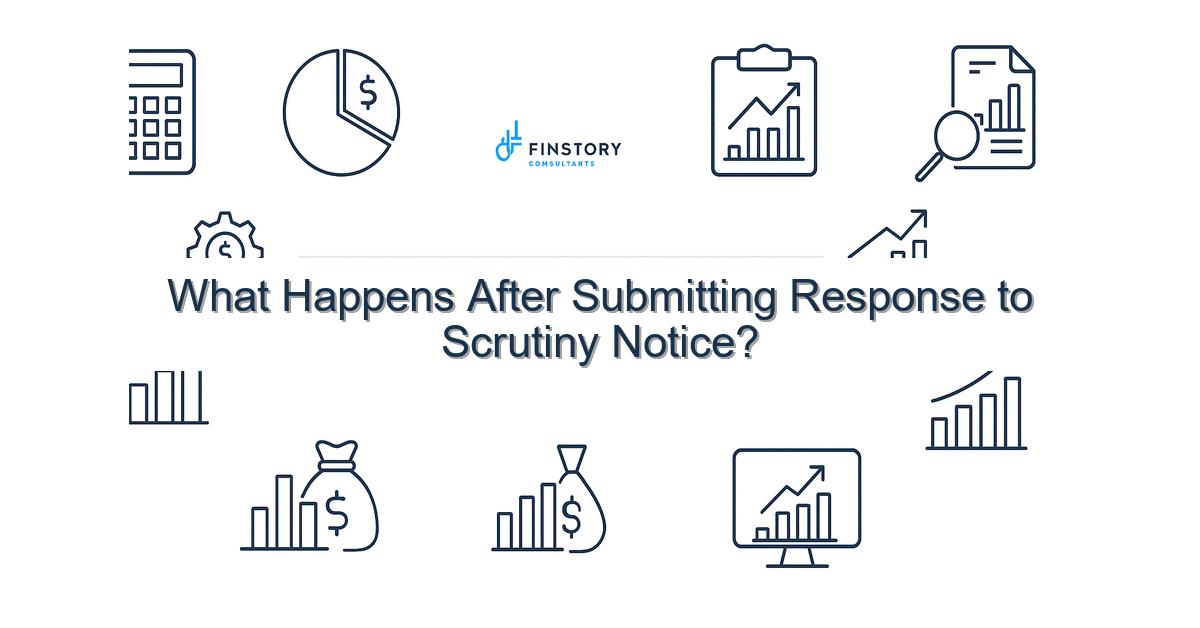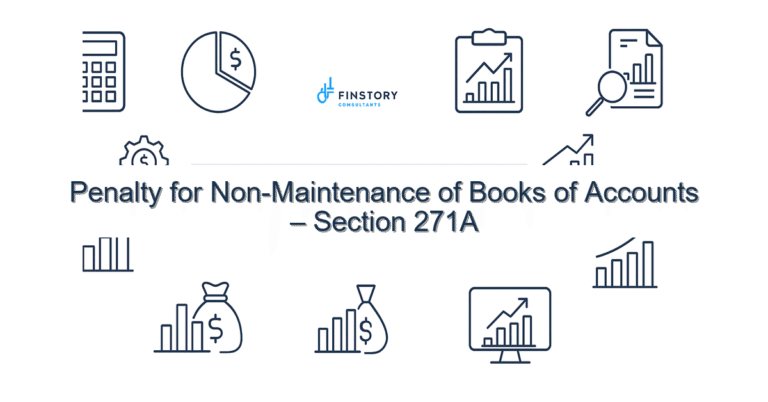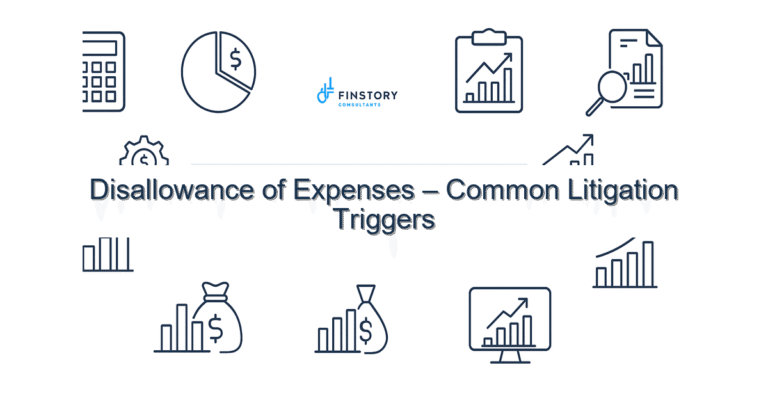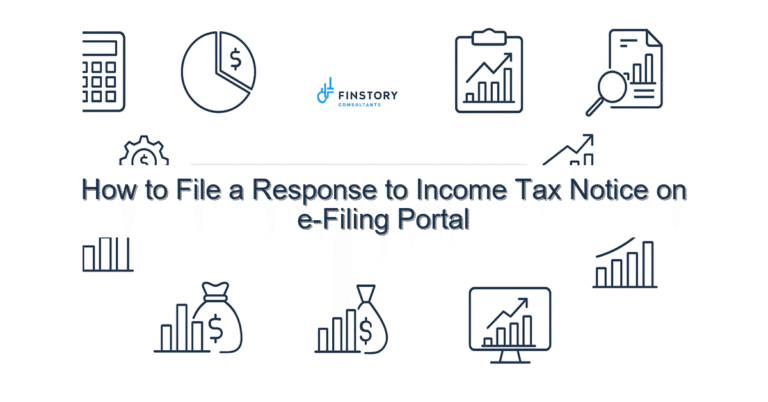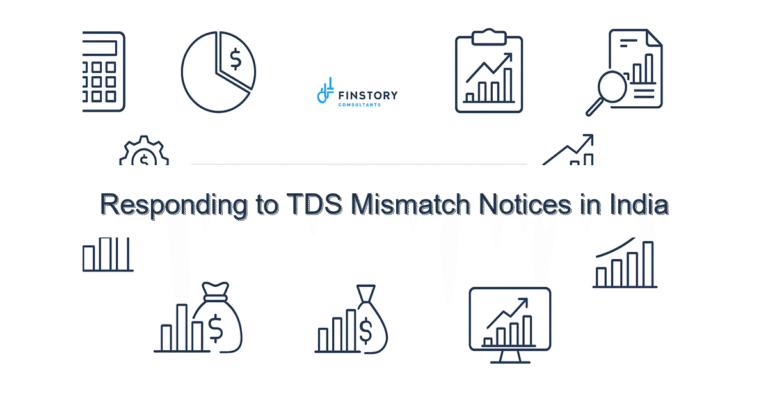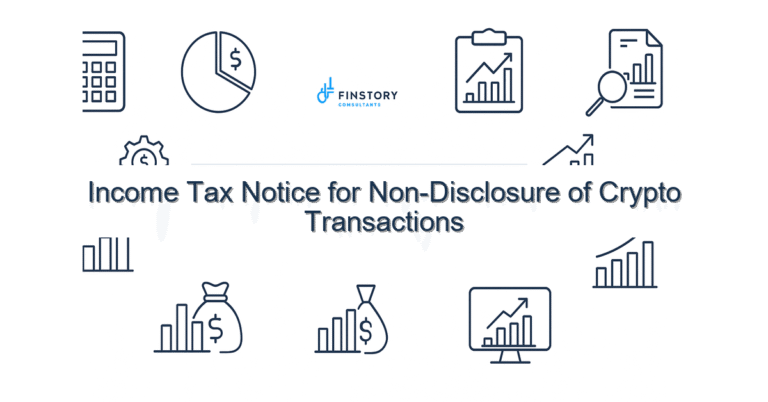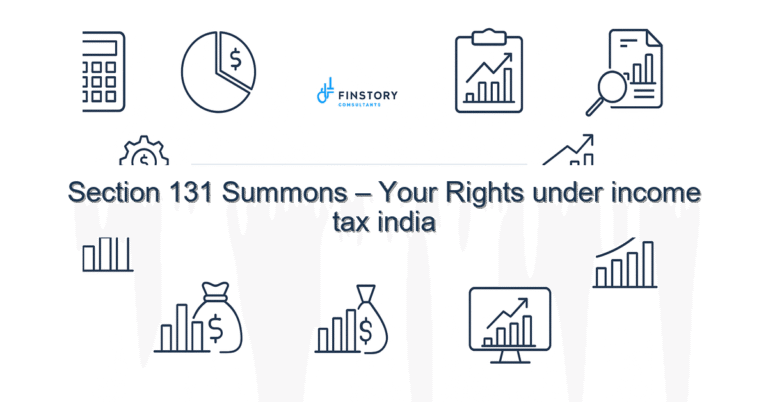What Happens After Submitting Response to Scrutiny Notice?
Receiving a scrutiny notice can feel unsettling — even if you’ve prepared a detailed response. You’re not alone: many salaried professionals, founders and MSMEs in India worry about delays, refunds getting stuck, or unexpected demands.
Summary: After you submit a response to a scrutiny notice under income tax India procedures, the file goes back to the assessing officer for review. Expect a timeline (usually weeks to months), possible follow-up queries, an assessment order accepting or modifying your return, or a demand. Stay organised, track AIS/26AS and TDS/TCS, and get advice early to avoid adverse orders.
What’s the real problem in India?
The Indian tax system involves many abbreviations and timelines — AY/PY, CBDT guidelines, Section 143(2) scrutiny notices, Form submissions and reassessment windows. For taxpayers the pain points are procedural uncertainty and fear of losing refunds or getting penalised because of a missed document or misinterpreted expense.
- Symptom: Long waits with no clear status updates on the e-filing portal.
- Symptom: Conflicting inputs between AIS/26AS and tax return figures.
- Symptom: Surprise follow-up notices asking for more proof or clarification.
- Symptom: Concern about interest, penalties or reassessment if the AO disagrees.
What people get wrong
Common pitfalls are procedural rather than technical. Taxpayers often assume submission ends the process. In reality: the assessing officer reviews documents against law and precedent, checks TDS/TCS records, and may accept, modify or ask for more.
- Relying solely on email or courier without verifying receipt and e-filing acknowledgement.
- Ignoring AIS/26AS mismatches — a TDS/TCS credit error can lead to demand orders.
- Assuming friendly verbal assurances during hearings are final — only written orders bind.
- Waiting until ITR filing last date or after to resolve matters — earlier action often reduces risk.
A better approach
Adopt a proactive, evidence-led approach that mirrors how officers evaluate cases. Be timely, organised and ready to escalate protected facts with clear documentation.
- Confirm receipt: After submission, check the e-filing portal acknowledgement and get the AO’s confirmation.
- Track data: Reconcile income, TDS/TCS and AIS/26AS to ensure credits and entries match your response.
- Prepare for follow-ups: Anticipate typical questions (bank interest, capital gains indexation, business receipts) and have proofs ready.
- Engage early: If you sense disagreement, request a personal hearing or file a detailed legal brief.
- Escalate smartly: Use appeals or rectification under the Income-tax Act if the assessment order is unsatisfactory.
Real-world example: A Bengaluru startup founder responded to a scrutiny notice about claimed business expenses. After submission, reconciliation of vendor invoices vs bank statements (and a short hearing) led to full acceptance — saving a demand of Rs. 5.2 lakh and preserving a pending refund of Rs. 87,000.
Quick implementation checklist
- Log into the income tax e-filing portal and download acknowledgement of the response.
- Download AIS/26AS for the assessment year and compare TDS/TCS credits to your ITR.
- Prepare a one-page index of documents submitted (invoices, bank statements, contracts, Form 16/16A).
- Ensure digital signatures or physical copies are legible and properly stamped where needed.
- Follow up with the assessing officer’s office by email/phone at 2-week intervals if no status change.
- Document all communications — date, name, summary — and store copies in cloud and local folders.
- If you anticipate disagreement, draft a short legal note citing relevant sections (e.g., capital gains indexation rules, Section 80C limit clarifications) and ask for a hearing.
- Re-check your tax computation under the new vs old regime slabs if income mix changed significantly.
- Consult a tax advisor if the proposed adjustment exceeds 5–10% of your tax payable or affects refunds.
What success looks like
- Refund released within 60–90 days of response in most routine cases.
- Reduction in demand amounts by 70–100% after proper documentation.
- Fewer follow-up notices or escalations for the next 3 assessment years.
- Faster ITR processing and smoother compliance during future scrutiny cycles.
- Lower interest and penalties because adjustments were prevented or limited.
Risks & how to manage them
Risk: AO issues an adverse assessment order resulting in demand, interest and penalty. Manage: Immediately seek rectification or file an appeal within prescribed time limits and secure a stay where feasible.
Risk: Credit mismatch due to TDS/TCS errors. Manage: Use AIS/26AS reconciliation, get TDS certificates corrected by deductors, and file correction statements if necessary.
Risk: Missed procedural timelines (appeal dates, response windows). Manage: Maintain a calendar with critical dates (ITR filing last date reminders, appeal timelines) and delegate tasks to a trusted advisor.
Tools & data
Use these India-specific tools to stay in control:
- AIS/26AS: Reconcile all TDS/TCS credits and reported income.
- Income tax e-filing portal: Check status of notices, upload responses and download orders.
- TDS/TCS tracking tools: Commercial or CA-managed spreadsheets to spot deduction or credit issues.
- Bank statements and GST returns (if MSME) to match receipts and expenses.
- Digital archives (scanned invoices, signed agreements) and invoice numbering for capital gains indexation proof or expense substantiation.
FAQs
Q: How long until I get a final order after submitting my response?
A: There’s no fixed single timeline; many cases close in 1–3 months, but complex or contested cases can take 6–12 months. CBDT guidelines and AO workload influence timing.
Q: Will I lose my refund if I get a scrutiny notice?
A: Not necessarily. If the AO accepts your documents, the refund can be released. Reconcile AIS/26AS, clear any TDS/TCS mismatches, and follow up actively to protect refunds.
Q: Can I request a personal hearing after submitting the response?
A: Yes. Request a hearing via the e-filing portal or in writing to the AO. Personal or video hearings often help clarify ambiguities and avoid adverse orders.
Q: What if the assessing officer disagrees with capital gains indexation or claimed deductions?
A: Document cost proofs, indexation calculations, and legal citations. If the AO rejects your claim, you can file an appeal (ITAT) or seek rectification depending on the issue and amounts involved.
Next steps
If you’ve submitted a response and are uncertain about the next move — whether it’s tracking AIS/26AS, preparing for a hearing, or appealing an adverse order — getting expert help early reduces risk and stress. Use our structured checklist, or let an expert review your file to ensure evidence is airtight.
Ready to move forward? Book a free 20-min consultation to discuss timelines, likely outcomes and a tailored plan for your case. For related guidance see [link:ITR guide] and [link:tax-saving tips].
Work with Finstory. Speak with an Expert for a personalised plan to reduce your tax outgo and stay compliant. Book a free 20-min consultation.
📞 Need help with Income Tax in India?
Book a 20-min consultation with our tax team. Individuals, founders & MSMEs welcome.
Prefer email or phone? Write to info@finstory.net
or call +91 44-45811170.
